Bringing it all together: conclusions on the world wine industry situation 2000-20012
Europe is slowly losing its dominant position both as a vine grower, wine maker and consumer. The New World is gaining share. The over-supply of wine that existed some years back has disappeared and we may be heading for a wine “shortage”. More and more wine is exported and thus imported. There are important implications for both wine producers and for agricultural policy makers.
I have looked at global vineyard surface area, global grape production, global wine production, global wine consumption, and global trade, import/export of wine, looking at statistics and trends.
Time for a few concluding remarks.
Europe’s shrinking role for wine
It is very clear that the role of Europe in wine growing and wine production is shrinking.
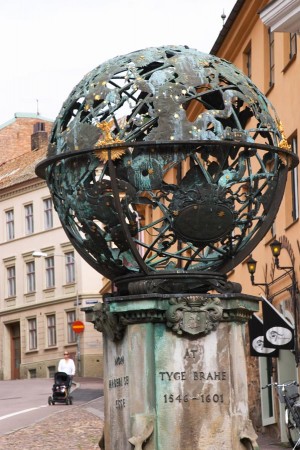
In terms of vineyard surface, Europe’s share has shrunk from 62% of world vineyard acreage in 2000 to 56% in 2012.
This is not only in relative terms, compared with the rest of the world, but also in absolute numbers. The four biggest European vineyards (Spain, France, Italy, and Portugal) have lost 500,000 hectares between 2000 and 2012.
The numbers for grape production is more dramatic: from a 62% share of world vineyards in 2000 to only 39% of global vineyard area in 2012.
To what extent this is solely or partially due to the uprooting subsidies that have existed in Europe is difficult to know. The EU has since 2012 (or was it 2011?) stopped paying subsidies to wine growers for grubbing up their vineyards. It is possible that the decline in vineyard acreage may slow down or even be reversed. Only time will tell.
But I do not currently see any reason to think that this reversal to a positive trend will happen, in particular considering the still backward-looking and protectionist policies Europe applies to its wine sector (as well as to other parts of agriculture).
The wine growing southern European countries are particularly enthusiastic about wine agricultural protectionism and subsidies.
Unfortunately.
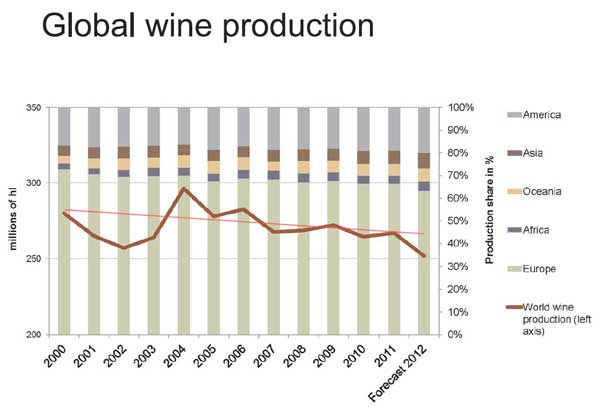
However, most important, in this context, is that Europe is also rapidly losing its dominant position as a wine producer: It had a 73% share of world wine production in 2000. In 2012 it was down to 62%, a loss of 11 percentage points.
If the trend continues Europe will no longer be the biggest wine producing region in the world within 15 years! (It is ironic to note that this is the same time span that has been agreed for keeping the plantation rights, after strong lobbying from protectionist organisations wanting to keep a favoured status for their members, one of the backward-looking policies that have led to Europe’s decline.)
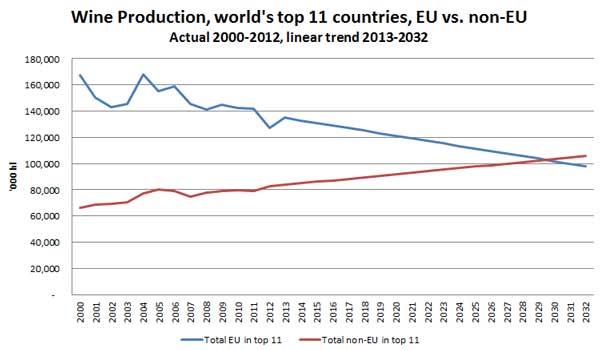
This picture may be slightly over-stated due to specificities in the recent years, but the over-all trend seems very clear.
Is it Europe’s agricultural policies that are killing the wine sector?
There is of course no single simple answer to why this is happening. One factor is no doubt the rise of low-cost production in New World countries and in Asia.
But one important aspect could well be the failing agricultural policies put in place by the big wine producing countries.
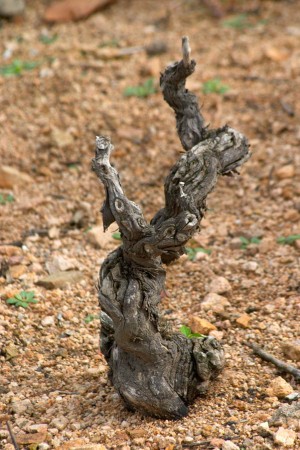
Europe’s wine policies seem to be focused too much on protectionism, regulation and “market management”. This kind of policies have been in place for a long time, designed by protectionist wine producing countries and pushed through on an EU level.
In recent years there have been some efforts to reduce the subsidies and to introduce more liberal and market-oriented policies that could make the European wine industry stronger. And that would also save many millions of euros for Europe’s tax payers (as well as wine drinkers).
The protectionist policies, market management, and subsidies that have existed, and still exist, are costing the Europeans billions in additional tax.
Some wine making countries in Europe, and in particular some wine producers’ and wine regions’ lobbying organisations (AREV, CNAOC, EFOW come to mind but there are others) want to increase the protectionism and keep subsidies, in a continuation of old policies.
The recent history and evolution of Europe’s weakening position on the international wine market shows that this would be the wrong way to go.
Europe needs a more liberal, market-oriented wine market, encouraging competition and encouraging dynamic, competitive and entrepreneurial wine producers for the wine industry in Europe to survive and to be healthy.
The winners are: The New World wine producers
If Europe is losing share in the world of wine production, the New World is winning, in particular the “new” New World. The wine production in the US is stable but most other New World countries are growing.
Global wine production is shrinking and wine consumption growing
Since the beginning of the century the world’s wine production has gone down somewhat, with 10%. Global wine production is now (2012) at 252 million hectolitres.
At the same time global wine consumption is growing. Over the same period (2000-2012) it has gone up with 8% to reach 243 Mhl.
This has greatly contributed to reducing the “wine lake”, i.e. the surplus of wine in the world that existed some years back.
Do the calculation in 2012 and you will see that there is still more wine produced than drunk: 9 million hectolitres!
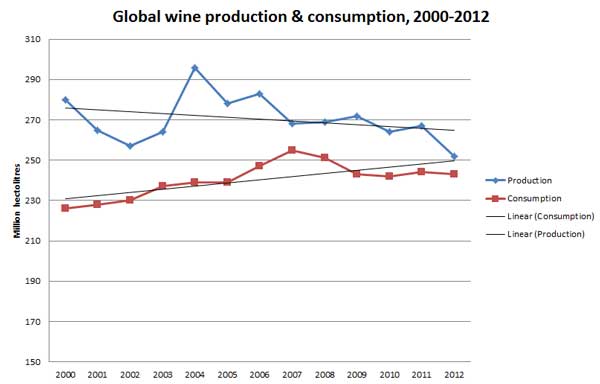
Towards a world shortage of wine?
But it is wrong to think of this as an excess surplus. As the OIV regularly points out in its information, the world needs more wine to be produced than what is drunk: Some wine is needed for production of, for example, vinegar and for distillation.
So the question is real: Will there be a shortage of wine in the coming years?
It all depends on what will happen in the coming years. If there comes a time when we approach a shortage it seems likely that it will simply open new opportunities for winegrowers to satisfy that demand. Forward-looking entrepreneurial wine growers will step in and plant new vines to satisfy the new demand. But they will plant mainly in places where it is relatively easy to plant vines and make wine.
So again, there is a risk in Europe that the agricultural policies that have been put in place, policies that do not encourage a dynamic and entrepreneurial wine sector (e.g. the continuation of planting rights), will lead to that this increasing demand will mainly be satisfied by new vineyards and new wine producers in the New World and not in Europe.
Wine is consumed in new markets, and by new people
The global wine consumption is not only growing but it is very much changing place and pattern.
The big wine producing countries in Europe, the traditional wine drinkers, are rapidly reducing the wine consumption.
Instead there are new countries that drink wine: Asia, Eastern Europe, America, the (small) countries in northern Europe.
There is a very different wine drinking tradition in these countries which will no doubt have a fundamental effect on the world’s wine producers in the longer term. Wine is more often consumed not in connection with meals. And with meals people may have other preferences than the “old” wine drinking countries.
New World wines appeal more to new wine drinkers?
Perhaps one reflection of that already is the fact that New World wines are gaining market share. Perhaps they appeal more to the “new” wine drinkers.
Old World wine makers change their wine making styles?
Another effect of it is no doubt that already today many winemakers in the Old World wine producing countries make wine very differently today than what they did a few decades ago, to accommodate new consumer tastes.
“Food for thought” for winemakers
Where this will lead in the longer term remains to be seen. But for a winemaker it is important things to think of.
Future winemakers must live with and adapt to international trade
Another fundamental change is the increasing importance of international trade in wine, exports and imports.
Increasingly, the wine drinkers are not in the same country as the wine producers.
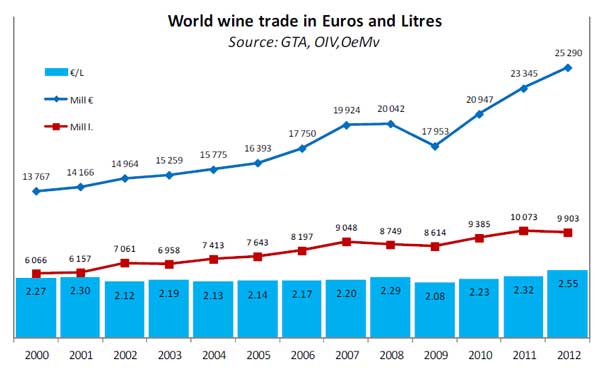
Important consequences
This has several important consequences, for example:
Wine makers of the future need to think more and more on how to be successful on the export markets!
Again, it underlines that the protectionism and subsidies that (primarily but not only) Old World wine regions and lobbying organisations want to keep or to reinforce is the wrong way to go. You will not be successful on the international wine market thanks to protectionism and subsidies.
In addition, if you implement that kind of policies you risk getting retaliation in kind, and be shut out from the future growth markets. Think for example of the recent events around Europe’s implementation of protection tariffs on Chinese solar panels (allegedly to counter dumping) and China’s response of threatening to slap high import duties on European wines. China’s reasoning is that Europe is subsidising its wine industry, which undeniably it does, and that therefore they have good motive to impose anti-dumping tariffs on European wine.
I would be very interested in hearing your thoughts and comments on this series of articles! Both on the big picture of world wine production, wine consumption and trade, the trends and tendencies, as well as European wine industry agricultural policies. But also very much on what you think are the implications for the future!
Write a comment!
More
This is the sixth and last article in the series on global vineyard, grape growing, wine production, wine consumption, and wine trade statistics based on the latest OIV report.
- Part 1: The world’s grape growing (vineyard) surface area
- Part 2: The world’s grape production 2000-2012
- Part 3: The world’s wine production 2000-2012
- Part 4: The world’s wine consumption 2000-2012
- Part 5: The world trade in wine 2000-2012
- Part 6: World wine market, implications for winemakers, consumers and policy-makers
Source: All numerical statistics come from the OIV, International Organisation of Vine and Wine.
[box type=”info” style=”rounded” border=”full”]We can only guess what the world of wine will be like tomorrow. But it is captivating to discuss it with winemakers around the world, while tasting his wines. You will have plenty of opportunities to meet the winemakers, taste the wines and discuss on a wine tour with BKWine.[/box]










4 Responses
Absolutely spot on!
Well done Britt and Per,
Fascinating to see trends that become reality with demographic/social/economic/etc changes. Statistics exist for a reason.
As for my comments, I have to think about that. This is good material for reading and reflecting, and will do so…
Best,
Kay
Thanks Kay! :-)